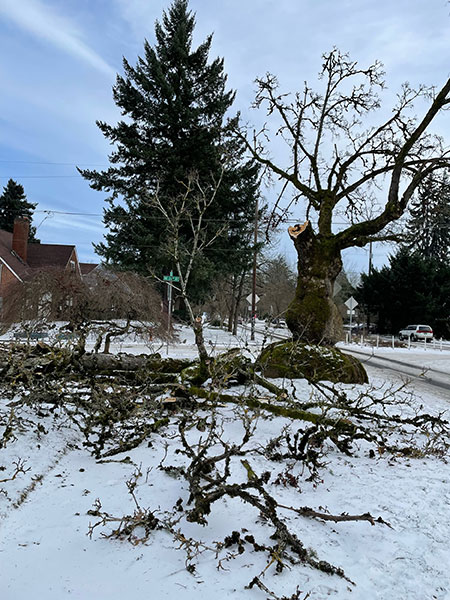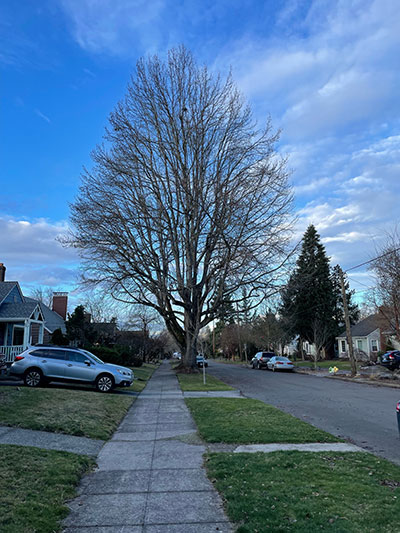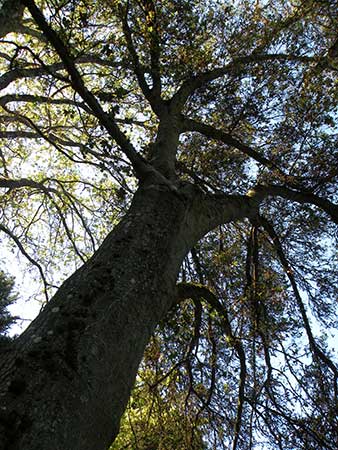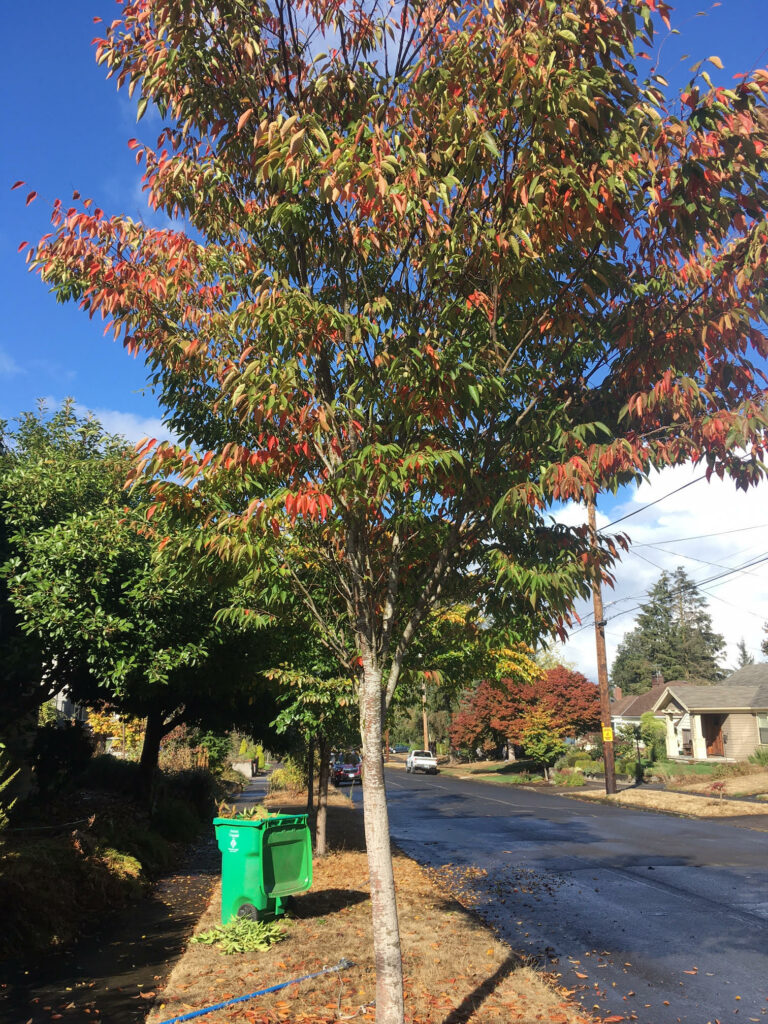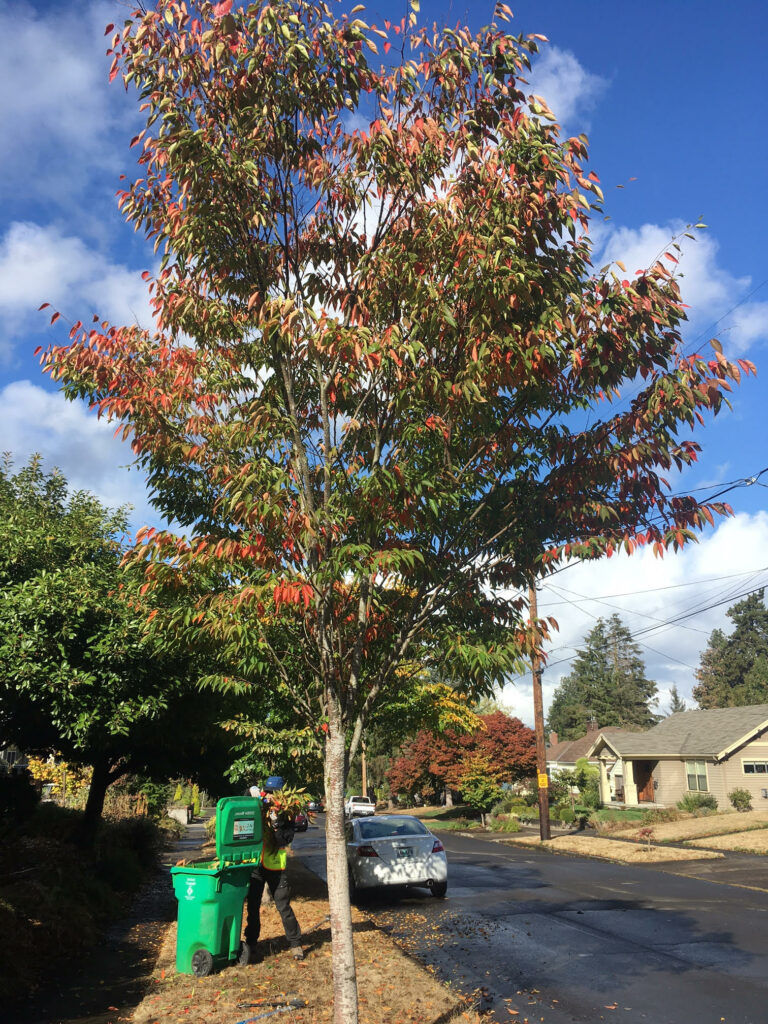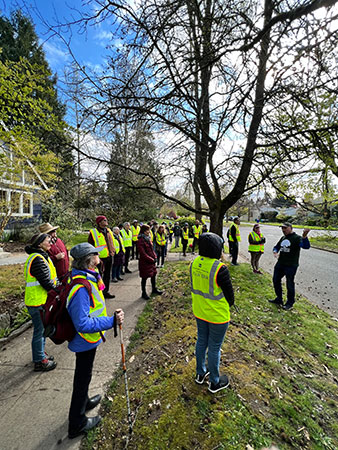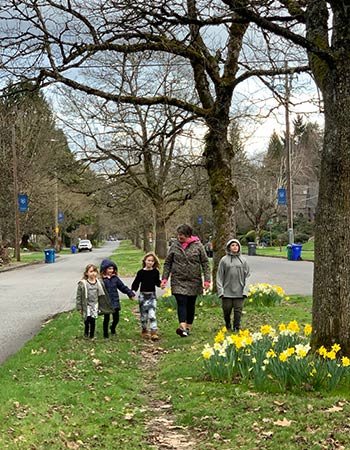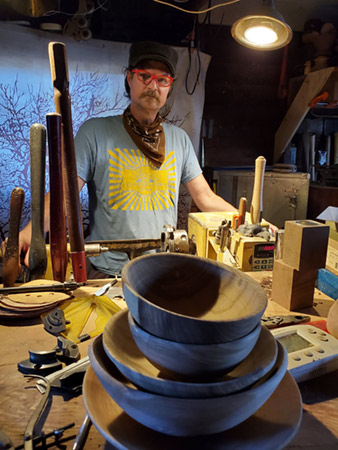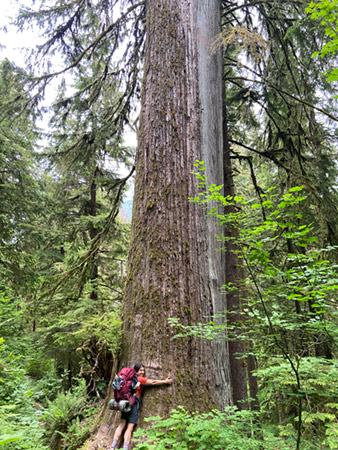Tree Team founder and Concordia resident Jim Gersbach invites you to a special event this fall.
By Jim Gersbach | Concordia Tree Team
Come celebrate the 20th anniversary of the Ainsworth Linear Arboretum with cake and ice cream, puzzles, giveaways, and other fun stuff. Organized by the Concordia Tree Team, all events are free and open to the public.
Date: Saturday, Oct. 4
9-10 a.m. – One-hour guided tree walk. Learn about some of the fascinating trees on the west end of the arboretum with founder Jim Gersbach (myself.) Meet me on the northeast corner of Ainsworth and Martin Luther King, Jr. Blvd. in front of Walgreens. The walk will be wheelchair accessible.
10-10:30 a.m. – Tree-related activities. Look for the Concordia Tree Team on the north side of Alberta Park along NE Ainsworth. Entertain yourself or friends and family with crossword puzzles and fun stuff for young ones.
10:30 – 11 a.m. – Tree planting. Local volunteers and city officials will commemorate the anniversary with the planting of a new tree in the median opposite Alberta Park.
11 – Noon – Tree parade. Join the revelers and walk east along Ainsworth to Kiss Café where free cake and ice cream will be served. Tree costumes encouraged!
The arboretum extends 1.5 miles along NE Ainsworth from Fernhill Park to Martin Luther King, Jr. Blvd. Originally the median was a monoculture of Norway maples. These were supplemented in the ’80s by plantings of red oak, Raywood ash and European beech. Those four tree species and a scattering of sycamore maples (now a declared invasive in Oregon) and two green ash were all that grew in the median for decades.
As these trees died of age or other causes, such as sun damage to the thin-barked European beeches, Portland Urban Forestry and the Tree Team led an effort to get the City of Portland, which owns the median, to use the median as a showcase for promising new street trees, and to serve as a place to trial new species for possible use.
From just six species in spring 2004, (when the first deliberate planting to create this arboretum for street trees was done,) there are now more than four dozen species in the median from 30 different genuses. Some of the trees were planted as part of Friends of Trees neighborhood plantings in Woodlawn, Vernon, and Concordia or were donated from individuals. The majority, however, have come from Portland Urban Forestry.
Portland Urban Forestry waters young trees for three summers. After that, volunteers with the Concordia Tree Team water trees to help them grow faster and survive Portland’s increasingly dry summer months.
To learn more about this neighborhood treasure or how to get involved to help, visit ainsworthlineararboretum.org.
A native Oregonian, Jim Gersbach has lived in the Concordia neighborhood since 2002. He founded the Ainsworth Linear Arb ore t um b ac k in 2005 and was involved in helping create the Cully-Concordia International Grove and the Concordia Learning Landscape Arboretum.
